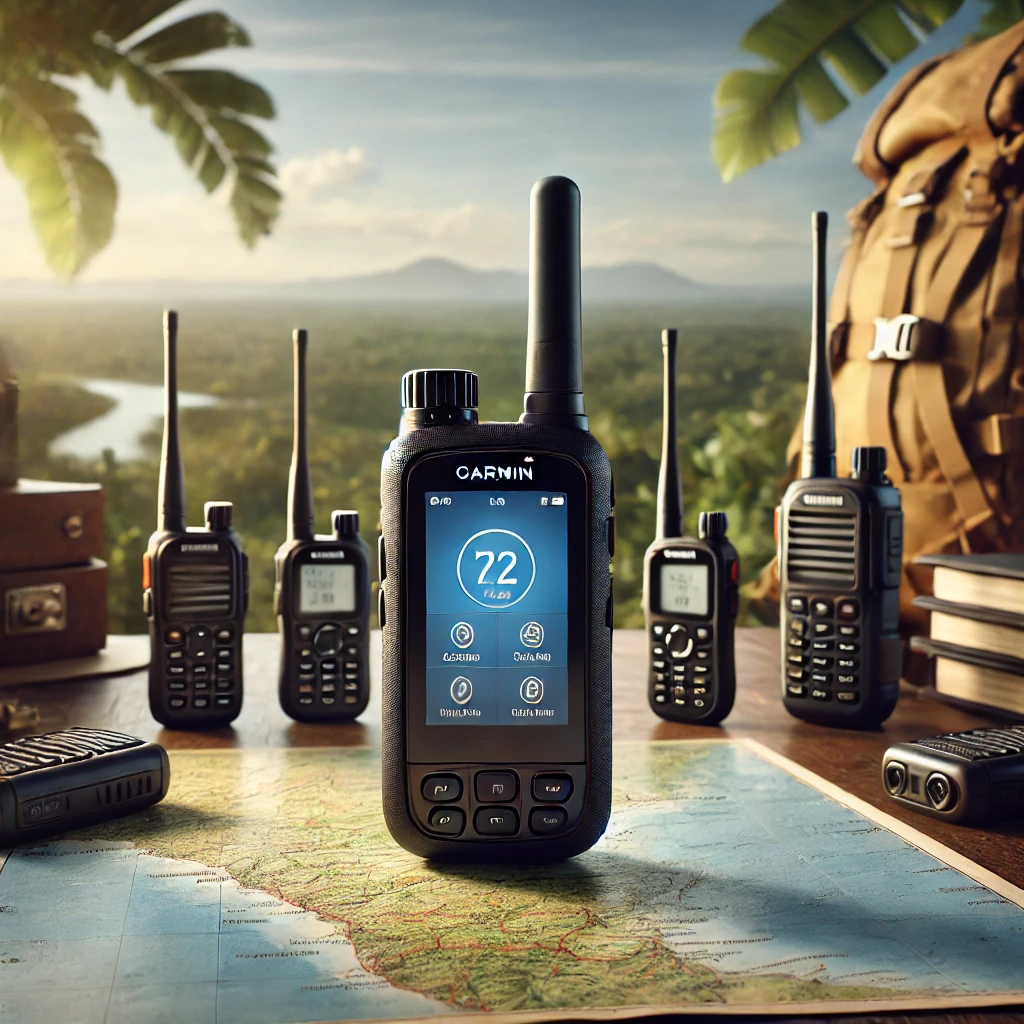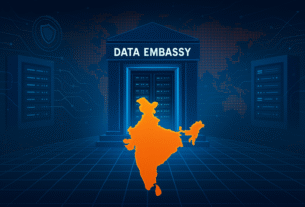In the age of seamless connectivity and satellite devices where smartphones can practically do everything but make your coffee, it’s not unthinkable that a gadget could land you in jail. And that’s exactly what happened to two tourists in India—a Canadian and a German (on two separate incidents)—who found themselves fined and facing court proceedings for using satellite communication devices. The culprit? A Garmin inReach and India’s archaic laws surrounding satellite technology. It’s a tale of miscommunication, arguably outdated rules and a dash of tech irony.
Why Were They Arrested?
The arrests stem from India’s strict regulations on satellite communication devices. These laws, enforced by the Department of Telecommunications, prohibit the use of such gadgets without prior government approval. Satellite communicators like Garmin inReach are considered security risks because they can bypass traditional cellular networks, allowing users to send texts or SOS signals from remote areas.
The Canadian tourist, Tina Lewis, was trekking in Himachal Pradesh, a popular destination for adventure enthusiasts. She carried a Garmin inReach for safety, unaware that using such devices in India without a license is illegal. When authorities discovered the device, they promptly confiscated it, fined her, and initiated legal proceedings. Similarly, a German tourist faced a similar ordeal at an Indian airport, reinforcing the government’s zero-tolerance approach to unlicensed satellite gadgets.
The reasoning behind these strict measures lies in national security concerns. Satellite communicators can be used for covert communication, raising alarms about their potential misuse by insurgent groups, terrorists, or other unauthorised entities. While these fears aren’t entirely unfounded, the enforcement of these laws often feels arbitrary and inconsistent.
iPhones, Satellite Messaging, and the Indian Exception
Here’s where things get even more perplexing. Apple’s iPhone 14 and newer models also support satellite messaging, marketed as a revolutionary feature for emergency situations. There are also other Garmin smartwatches that allow the sat-messaging feature. However, in India, this capability is limited to Apple’s “Emergency SOS via satellite” feature, designed solely for life-threatening situations like being stranded in remote areas. Unlike Garmin inReach, iPhones don’t allow users to send regular texts via satellite—a crucial distinction that seems to keep them out of legal trouble.
So, why the double standard? For one, iPhones don’t resemble traditional satellite devices. They’re sleek, inconspicuous and primarily marketed as consumer electronics rather than off-grid tools. Additionally, Apple’s satellite messaging service is heavily restricted in India, relying on limited infrastructure that’s still developing. In other words, the feature exists, but it’s more of a safety net than a full-fledged communication system. Garmin devices, on the other hand, are purpose-built for satellite messaging, making them an easier target for enforcement.
What Does the Law Say?
India’s regulations on satellite communication devices although clear, date back to an era when ham radios were the height of technological sophistication. According to these archaic laws, anyone using a satellite communicator must obtain prior approval from the Department of Telecommunications. The rules apply not only to devices like Garmin inReach but also to older technologies like ham radios and some heavy-duty walkie-talkies.
The rationale behind these restrictions is national security. In a country with active insurgencies, Naxalite elements and frequent violent clashes in certain regions and sensitive border areas, unregulated satellite communication could pose significant risks. Devices capable of bypassing cellular and Wi-Fi networks could theoretically be used for covert operations or unauthorised coordination.
However, these laws also reveal a significant technological blind spot. As gadgets like iPhones and smartwatches gain satellite messaging capabilities, the distinction between what’s legal and what’s not becomes increasingly blurred. The result? Tourists with cutting-edge tech find themselves ensnared in a regulatory web that hasn’t kept pace with the times.
The Positives and Negatives of the Law
The Positives
- National Security: The government’s concerns about satellite devices falling into the wrong hands are valid, especially in regions with ongoing insurgencies or geopolitical tensions.
- Regulation and Oversight: Requiring licenses ensures accountability and allows authorities to monitor who’s using these devices and for what purpose.
The Negatives
- Archaic Rules: The laws were written long before satellite technology became mainstream. They fail to address the nuances of modern gadgets, leading to inconsistent enforcement.
- Selective Application: While Garmin users are fined and taken to court, iPhone owners with similar capabilities are largely ignored. This inconsistency undermines the credibility of the regulations.
- Impact on Tourism: India’s natural beauty attracts adventure travellers, many of whom rely on satellite devices for safety. Strict enforcement without clear guidelines risks alienating these visitors.
Why Tourists Get It Wrong
Let’s face it: most tourists don’t comb through legal documents before packing their gadgets. Devices like Garmin inReach are marketed as essential safety tools for hikers and climbers, and their legality is rarely questioned in Western countries. The idea that a GPS device with texting capabilities could land someone in jail seems absurd—until it happens.
In fairness, the information about India’s restrictions is publicly available. They’re also restricted in countries like Afghanistan, Ukrainian Crimea, Cuba, Georgia, Iran, North Korea, Myanmar, Sudan, Syria, Thailand, Vietnam, China and Russia. Garmin’s website also explicitly states that users must comply with local laws. But how many travellers actually read the fine print? The arrests of the Canadian and German tourists underscore the importance of doing your homework—and the need for clearer communication from both manufacturers and authorities.
The Need for Change
India’s laws on satellite communication devices are long overdue for an update. Here’s why:
- Technological Advancements: Modern satellite communicators are far more secure and user-friendly than their predecessors. They’re equipped with encryption, subscription-based services, and user verification, minimising the risk of misuse.
- Adventure Tourism: As a hub for trekking, climbing, and other outdoor activities, India should encourage the use of safety tools rather than penalise them.
- Global Standards: Countries like the U.S. and Canada have embraced satellite technology while implementing reasonable safeguards. India could follow suit by streamlining its approval process or allowing specific devices under certain conditions.
A Lesson for All
This episode serves as a cautionary tale for tourists and a wake-up call for regulators. Travelers must familiarise themselves with local laws, no matter how outdated or obscure they may seem. At the same time, India’s government must recognise that enforcing archaic rules on modern technology does little to enhance security and much to harm its reputation as a travel destination.
In the end, the case of the Garmin inReach and the Canadian and German tourists highlights a broader issue: the gap between technology and regulation. As devices become smarter and more versatile, laws must evolve to address their potential risks and benefits. Until then, travellers, beware—that high-tech gadget in your backpack could be more trouble than it’s worth.
Read more: National Creators Awards




